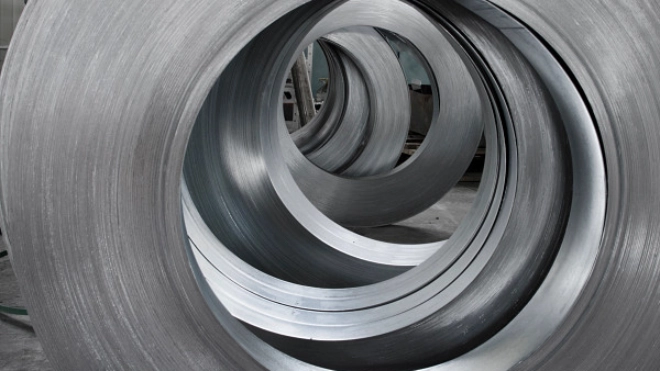Atradius Atrium
Lépjen be az új online szerződéskezelő rendszerbe, amely segítségével egy helyen érheti el az Atradius összes online alkalmazását.
 Hungary irodák
Hungary irodák









Továbbiak betöltése
A megtekintése 7 a 54






Továbbiak betöltése
A megtekintése 7 a 22